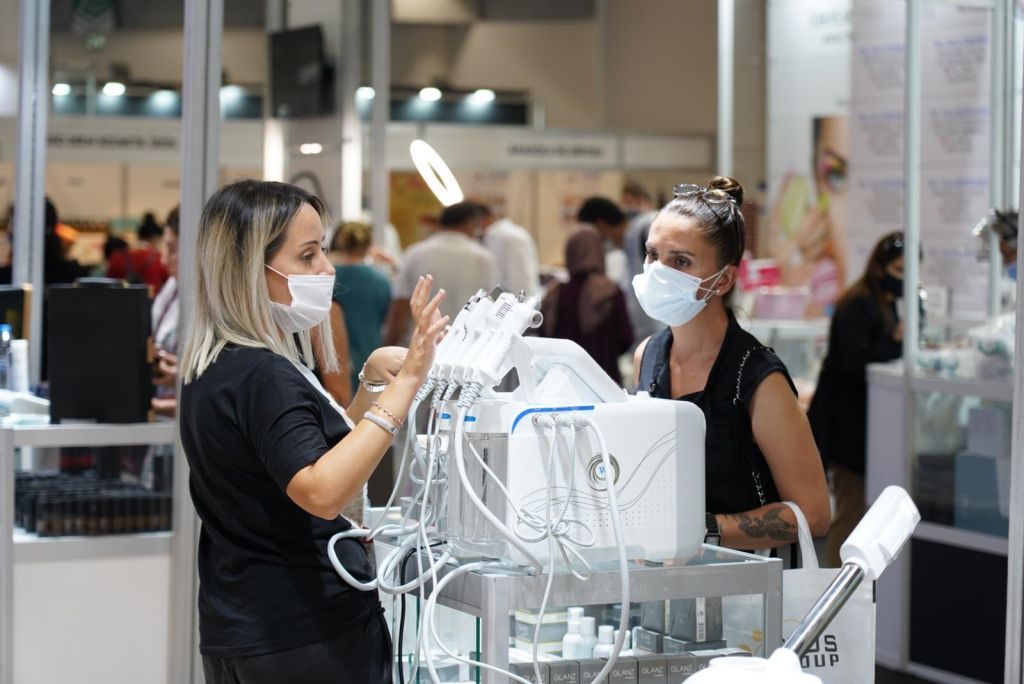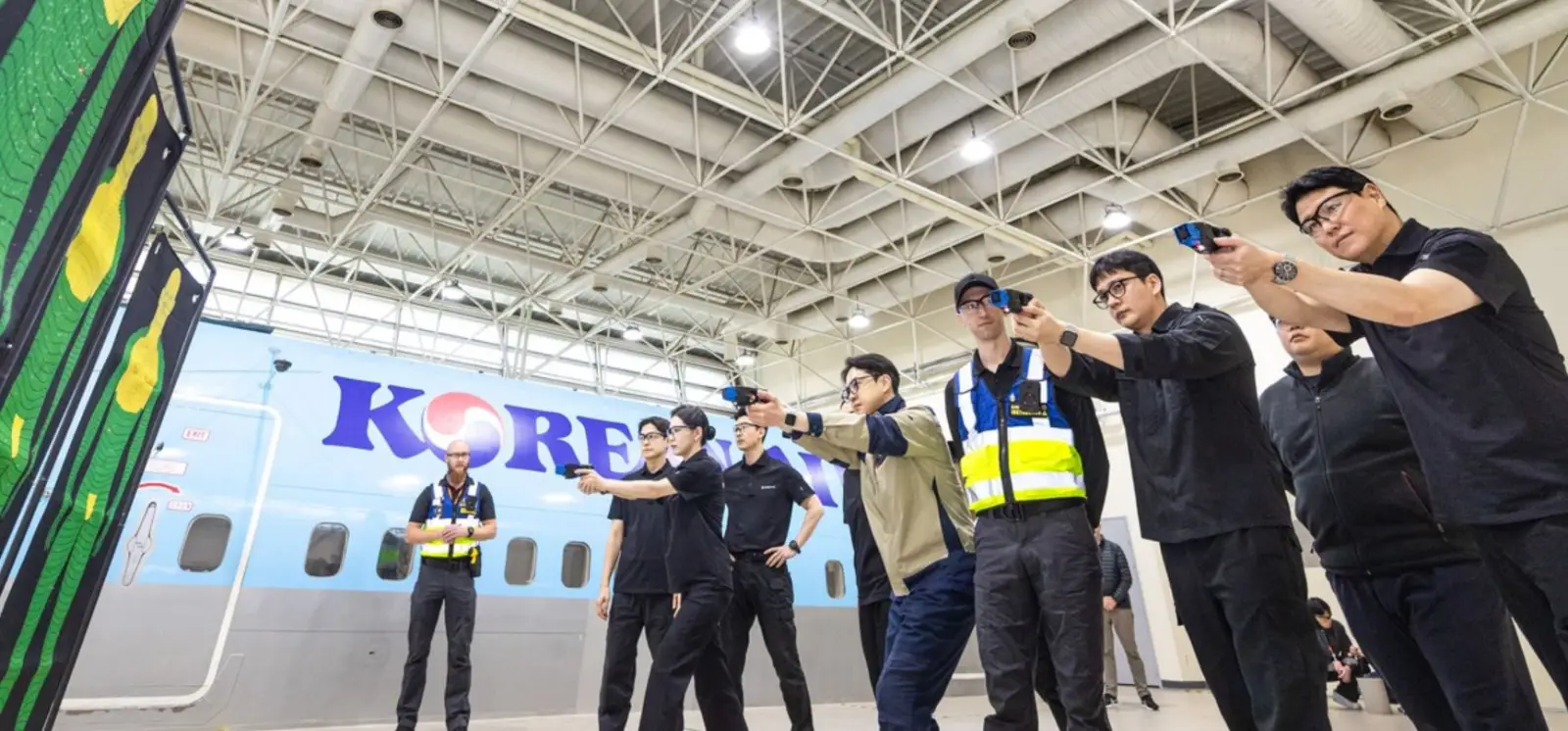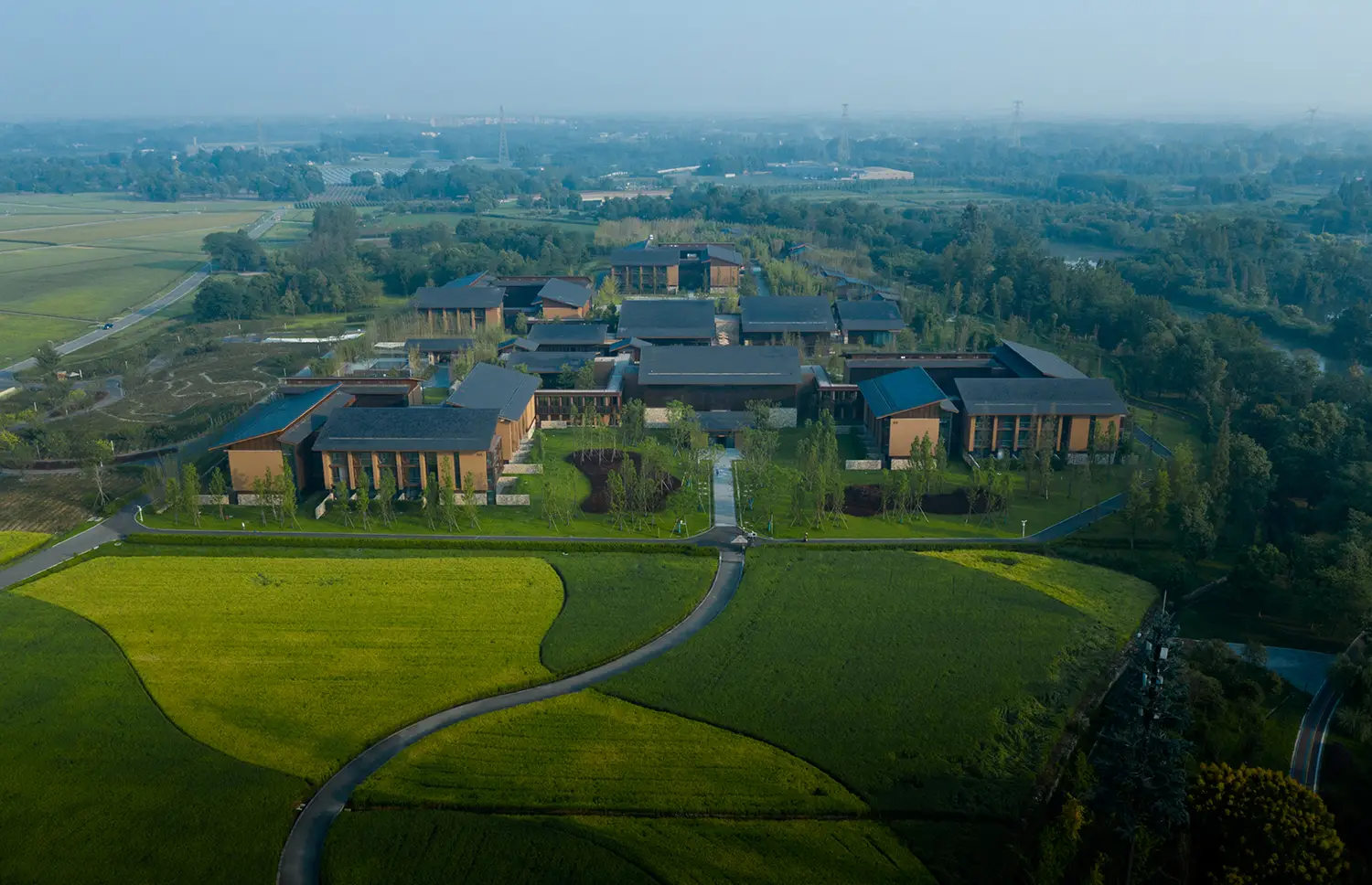Hotels in the Middle East/Africa region reported negative results in the three key performance metrics during August 2015 compared to August 2014. According to August 2015 data compiled by STR Global, the Middle East/Africa region reported a 1.1% decrease in occupancy to 62.9%, a 1.6% drop in average daily rate to US$134.53 and a 2.7% decline in revenue per available room to US$84.57.
Kuwait reported negative results in the three key performance metrics. Occupancy in the country declined 7.8% to 39.6%; ADR was down 6.0% to KWD65.75; and RevPAR decreased 13.3% to KWD26.04. August supply growth (+6.2%) in the country outpaced demand (-2.1%). Year to date, however, demand (+8.3) has outweighed supply (+4.1%).
Oman saw decreases in the three key performance measurements with a 3.7% decline in occupancy to 47.5%, a 6.9% drop in ADR to OMR65.19 and a 10.4% decrease in RevPAR to OMR30.94. According to STR Global analysts, the months during and post-Ramadan have produced weak performance results in Oman during the last five years. Over the same years, performance has improved in September and October.
South Africa reported nearly flat occupancy performance (+0.5% to 62.7%) and increases in ADR (+4.3% to ZAR994.53) and RevPAR (+4.8% to ZAR623.76). The lack of significant change in occupancy came as supply (+0.9%) and demand (+1.3%) saw similar movement in August. According to STR Global analysts, ADR and RevPAR were up due to inflation and a weakened South African Rand.
Amman, Jordan, saw declines in the three key performance metrics: occupancy (-7.1% to 63.4%), ADR (-5.5% to JOD111.49) and RevPAR (-12.2% to JOD70.71). Year to date in Amman, supply growth (+2.7%) has significantly outperformed demand (-13.9%).
Cape Town, South Africa, experienced a 2.0% decrease in occupancy to 60.0% but increases in ADR (+6.2% to ZAR1,138.41) and RevPAR (+4.1% to ZAR682.90). STR Global analysts believe that hotels in Cape Town have increased rate to counter a 5.6% year-to-date drop in occupancy. The decline in occupancy can be attributed to year-to-date supply (+2.0%) outweighing demand (-3.7%).
Doha, Qatar, reported decreases in occupancy (-6.7% to 61.1%) and RevPAR (-5.9% to QAR387.24). ADR in the market was up 0.8% to QAR633.75. Year-to-date supply (+2.4%) has outperformed demand (+0.1%) in Doha, and August produced the market’s largest supply increase of 2015 (+6.3%). Development growth in Doha can be attributed to the Qatari tourism sector’s continued commitment to the 2022 World Cup and National Vision 2030.













